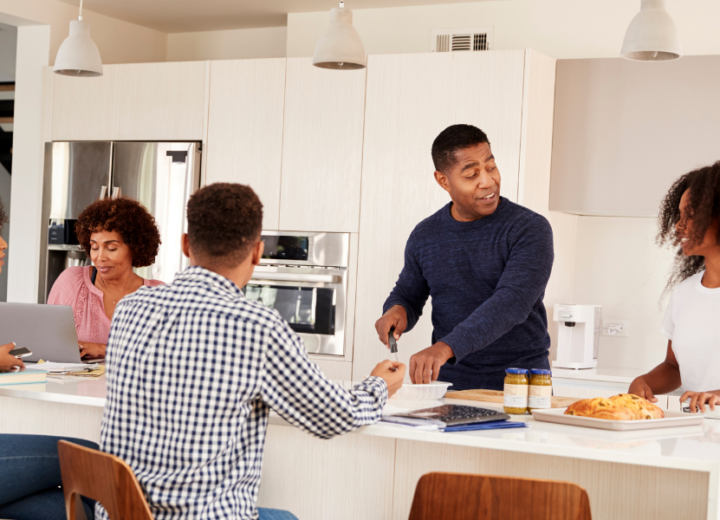Tornadoes, fires, flooding and other emergencies can sometimes occur with little to no warning. National Preparedness Month is in full swing and we want to take a moment to remind you about the importance of being prepared before a disaster unfolds. As Ben Franklin said, “by failing to prepare, you are preparing to fail.”
This year, the national Ready Campaign — Prepare to Protect — focuses on providing the tools and guides for putting together your personal emergency preparedness plan to help protect you and your loved ones.
Follow these steps to be prepared for unexpected disasters:
✓ Start the conversation. Discuss these questions with your family, friends and household members to form your emergency plan:
- How will we receive emergency alerts and warnings?
- What is our shelter plan?
- How will our family/household communicate?
- Where is our meeting point if communication methods go down?
- Have we updated our plans based on COVID (i.e. masks for everyone over the age of 2)?
- Do we have an emergency kit and have we double-checked the expiration dates on any perishable items?
✓ Consider the specific needs of your household. Keep in mind these factors for your plan:
- Dietary requirements
- Age-specific necessities for all members of your household
- Languages spoken
- Pets or service animals
- Medical essentials including both prescriptions and equipment
✓ Fill out a family emergency plan. Use this template to create your household’s plan. It’s easy to forget details when under pressure, so having a written plan helps reduce confusion.
✓ Practice your plan. There is a reason that first responders host simulated disaster situations — because practice makes perfect. Make sure to implement these same exercises with your household.
Before an emergency or natural disaster occurs, take action to help your loved ones and your community. From courses that provide training on basic disaster response skills, such as fire safety, team organization and disaster medical operations to online courses that provide simple steps on how to perform basic life-saving activities.
For more information, visit Ready.gov.
Bonus: Brush up on electrical safety as part of your planning. Do you know what to do if a downed line is in the roadway? Find out now.



This is an excellent idea and something we don’t really think about. My family is going to make our emergency plan so we’re ready. Thank you for this. I know it will help our family
Hi Stacey. We’re so glad to hear that you found this helpful.
Thank you for the information. We will use it to create emergency kits and plans with 4-H youth.